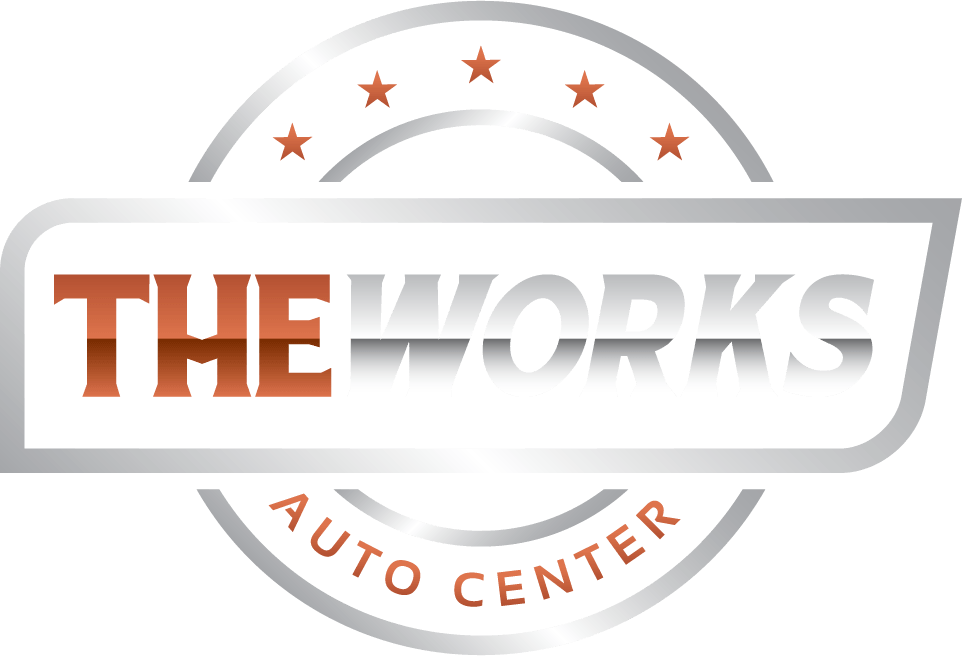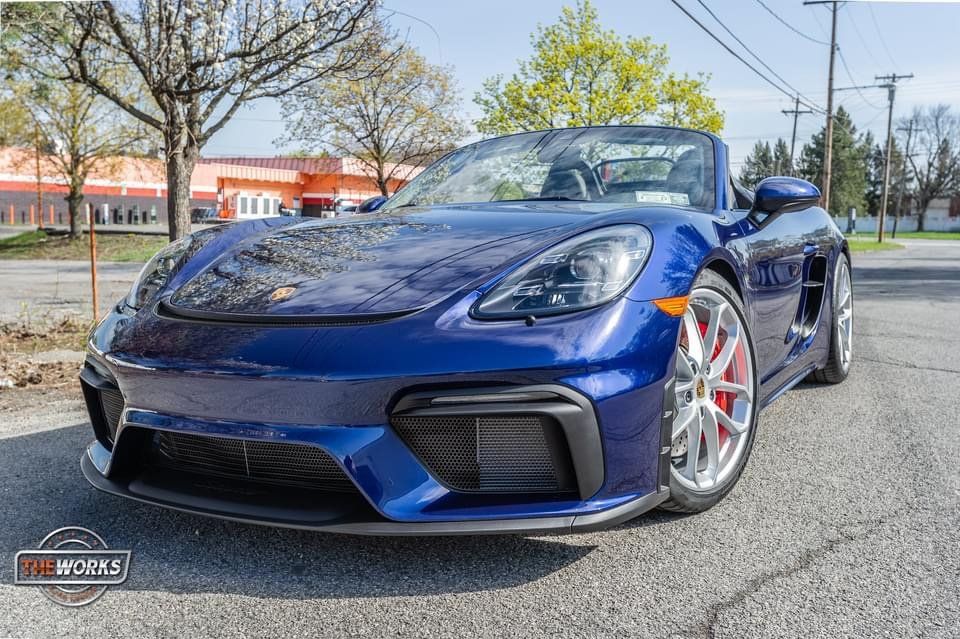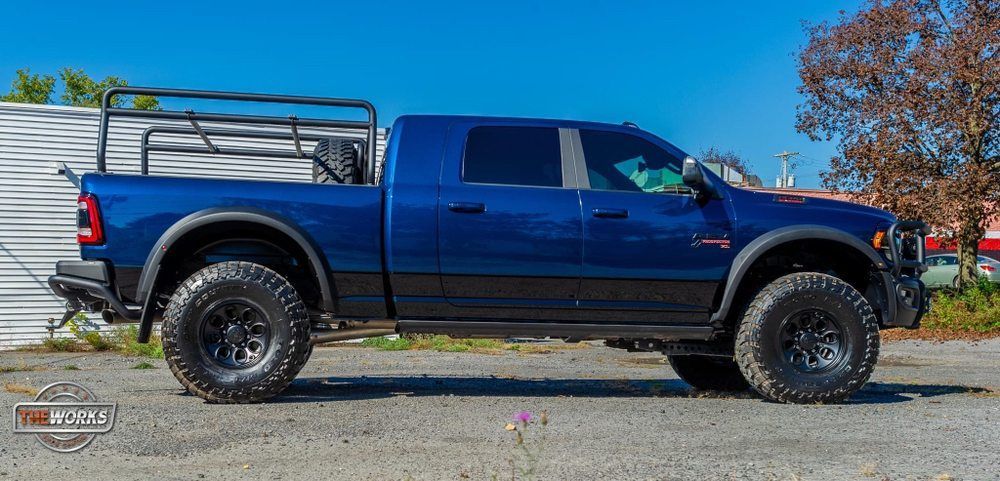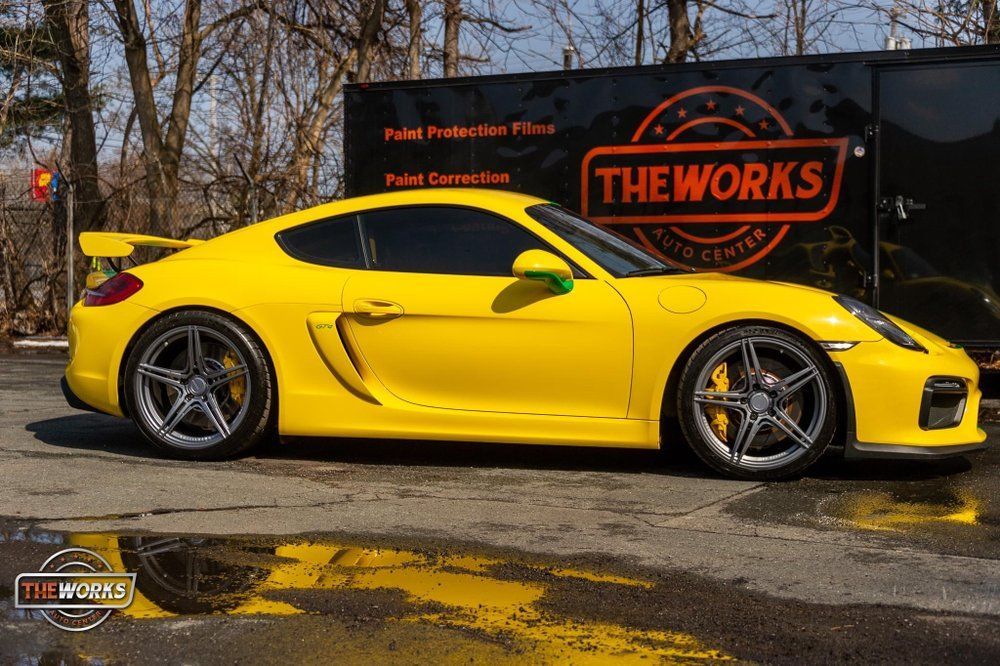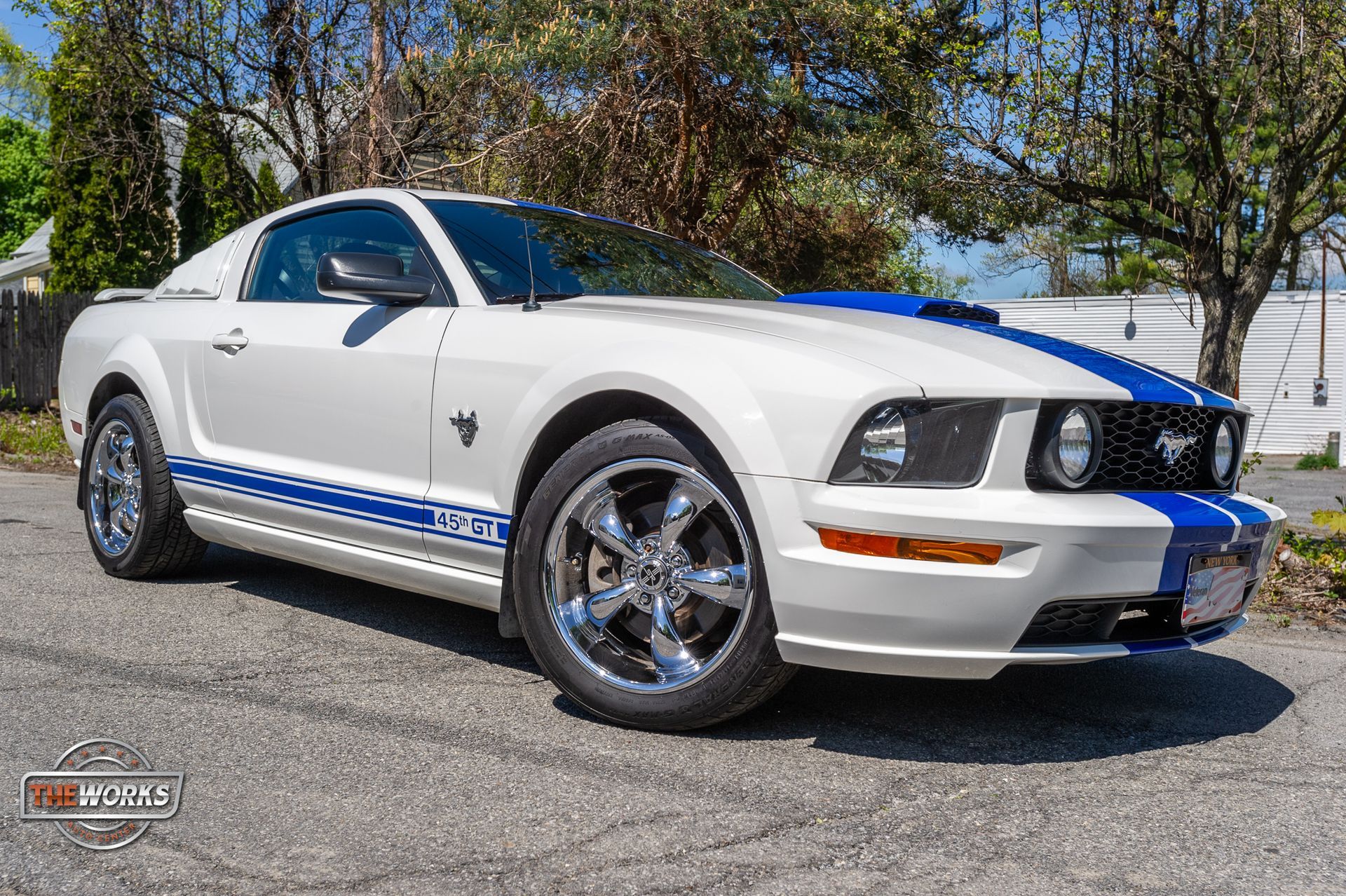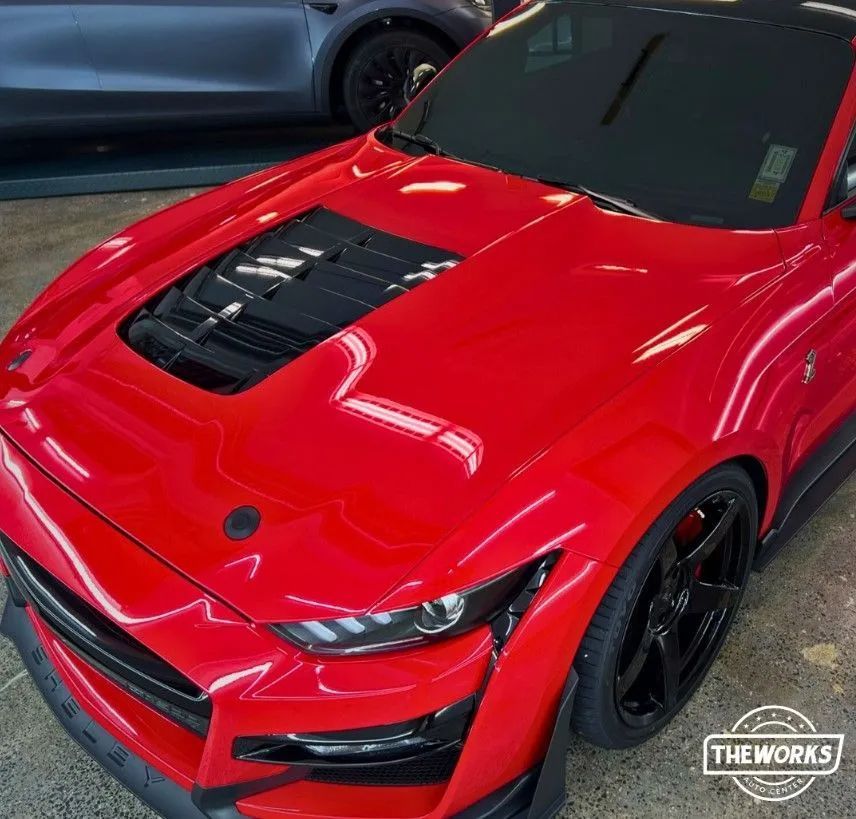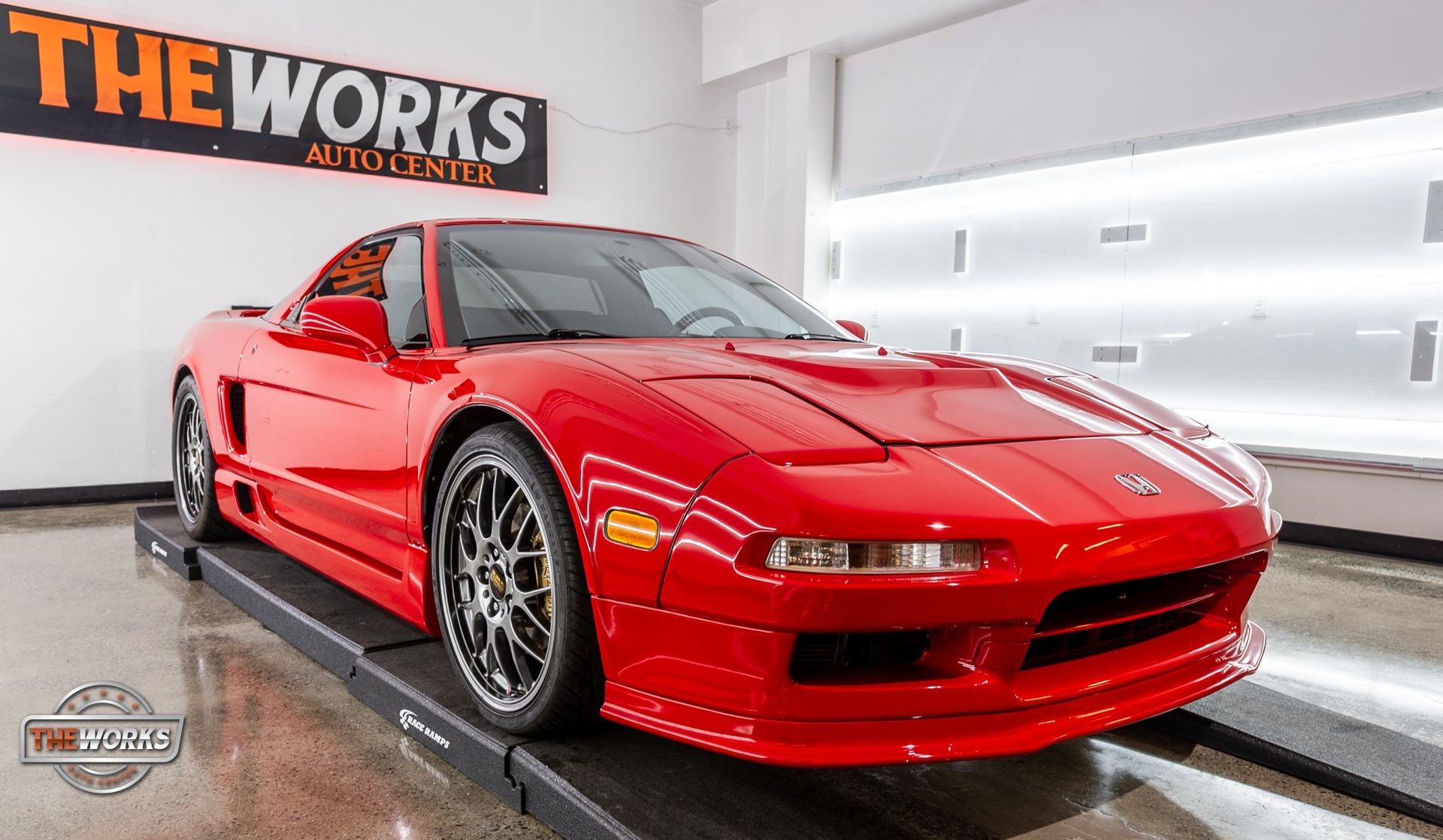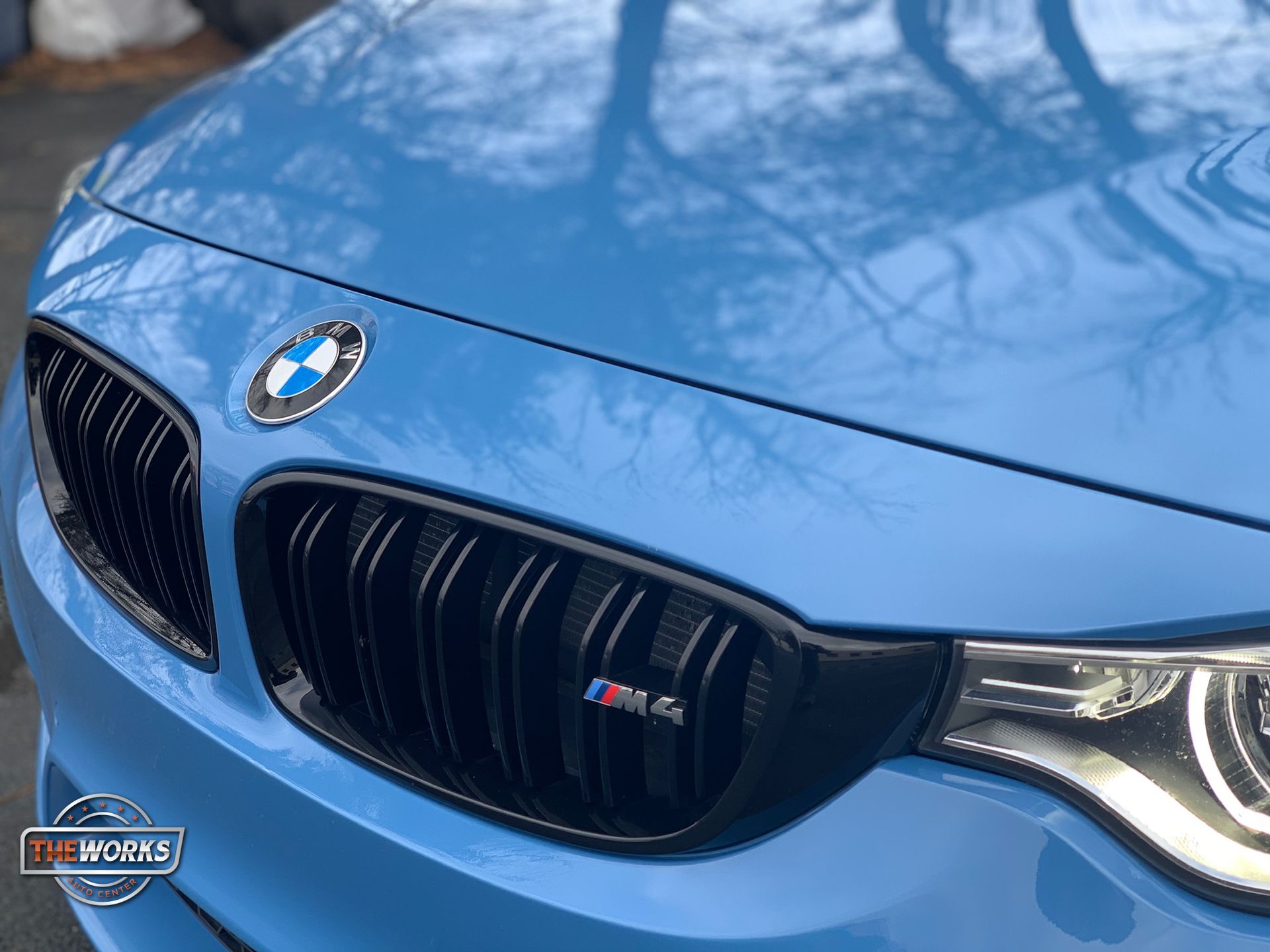Full Wrap vs. Partial Coverage: Choosing the Right PPF Package in Albany
If you’re looking to preserve your vehicle’s showroom shine and protect it from the elements on Albany’s roads, Paint Protection Film (PPF) is one of the best investments you can make. But when it comes to choosing between a full wrap and partial coverage, many car owners aren’t sure which option makes the most sense for their vehicle, lifestyle, and budget.
Introduction to Paint Protection Film (PPF)
Paint Protection Film, often referred to as a clear bra, serves more than just an aesthetic purpose—it's like a shield for your vehicle. This transparent and durable film, The product, crafted from thermoplastic urethane, adheres to your car's painted surfaces and provides robust protection against various potential damages. One of its standout features is its self-healing capability; minor imperfections can magically vanish when exposed to heat. Imagine running your hand over your car and feeling those flaws disappear under the warm sun or a gentle blast from a heat gun.
Now, why is this kind of protection necessary? Think about the daily challenges your vehicle faces. Every time you're on the road, whether you’re cruising down city streets or navigating a rural highway, your car is vulnerable to rock chips and road debris. Even UV rays from the sun can gradually dull that glossy finish you love so much. This is where PPF steps in, acting as a barrier against all these elements while preserving your vehicle’s resale value.
The versatility of PPF means you can tailor your coverage based on your needs and driving conditions. For instance, if you frequently drive through urban environments where bumper taps are inevitable, investing in a Partial Front Package may be sensible: covering high-impact areas like bumpers, hoods, and side mirrors protects what might incur the most damage while keeping costs manageable.
A Full Wrap Package can grant peace of mind to those who want comprehensive protection from any type of wear and tear by encasing every visible panel of their car in a protective layer.
Knowing both immediate and long-term benefits can guide you toward making an informed decision about which PPF option suits your lifestyle best. As we explore further, we will highlight what makes full coverage particularly advantageous while also weighing its drawbacks.
Benefits and Drawbacks of Full Wrap PPF
The comprehensive protection provided by a full-wrap PPF is nothing short of impressive. Imagine your vehicle completely shielded from environmental hazards; every painted surface is covered, leaving you at ease knowing that minor abrasions and harmful UV rays won't leave a mark on your car's exterior. Such protection is particularly comforting for car enthusiasts who cherish their vehicles and want to maintain their pristine looks.
Consider a scenario where you own a high-end luxury vehicle with a unique paint finish. A full wrap protects the paint and provides a seamless appearance that enhances your car’s allure without any visible lines or transitions between the protected and unprotected areas. It acts as an imperceptible barrier, enhancing the original beauty of your vehicle and safeguarding it from daily damage.
Benefits
- Maximum Protection: By covering every inch of painted surface, full-wrap PPF substantially reduces the risk of damage from rocks, road debris, or aggressive weather conditions. It serves as a robust barrier, allowing you to drive with confidence.
- Seamless Appearance: For many car aficionados, aesthetics matter deeply. With no visible lines dividing the protected areas from those that are exposed, your vehicle retains its elegant design, looking as good as new for years.
- Increased Resale Value: A well-preserved exterior can significantly improve your vehicle's resale value. Full-wrap PPF serves as a safeguard for your investment, allowing potential buyers to appreciate the protected paint against fading and increasing the likelihood of receiving top dollar.
Drawbacks
However, it's crucial to acknowledge that there are drawbacks associated with full wraps:
- Higher Cost: The price tag for full coverage can be daunting, typically ranging from $5,000 to $8,000 or more depending on factors such as vehicle size and film quality. This financial commitment may not fit everyone’s budget.
- Installation Time: Unlike partial options, full wraps require an extensive installation process that can take anywhere from 5 to 7 days. If you need your vehicle back quickly, this might pose a challenge.
- Potential Overlapping Seams: If not installed precisely by experienced professionals, overlapping seams can become visible. Though they may seem minor, these details can detract from the clean aesthetic of the full wrap.
With these considerations in mind, turning our focus to alternatives may reveal different routes for effective vehicle protection—routes that may balance costs with desired aesthetics just as effectively.
Advantages and Disadvantages of Partial Coverage

Partial coverage is a smart choice for many vehicle owners who need to protect their cars while remaining budget-conscious. By focusing on high-impact zones such as the front bumper, hood, side mirrors, and fenders, it allows for targeted protection where it's most needed. This strategic approach minimizes exposure to potential damage from road debris and other hazards, ensuring your vehicle looks great and retains its value longer.
Advantages
- Cost-Effective: One of the most compelling reasons to choose partial coverage is the financial aspect. Partial coverage typically costs between 30% and 50% less than full wraps, making it affordable for those seeking a certain level of protection.
- Targeted Protection: Since partial coverage concentrates on the areas most vulnerable to damage, you're not just throwing money at an all-encompassing solution. Rather, you are investing in parts that can suffer significant wear. A well-placed partial application will effectively shield those high-impact zones, while a full wrap might offer peace of mind everywhere.
- Quicker Installation: Opting for partial coverage often takes only 1-3 hours, compared to 5-10 hours for full wraps, which means less downtime for your vehicle. This is particularly beneficial if you’re eager to hit the road again or have limited time to spare.
Disadvantages
However, while partial coverage provides many benefits, it also comes with notable drawbacks that deserve careful consideration.
- Visible Lines: One potential downside involves aesthetics. If you don't achieve precise matching during installation, you may notice transition lines between protected and unprotected areas. This might be a concern for those who prioritize flawless visual appeal in their vehicles.
- Uneven Wear: Without full-body protection, unprotected areas may wear down faster than covered ones, leading to an inconsistent appearance over time. Imagine a sharp-looking hood but dull sides—it can disrupt the overall look of your vehicle.
Assessing these pros and cons will give you clarity on how to best protect your investment. With an understanding of what each option entails, you’ll be better equipped for the next phase of exploring various coverage solutions available today.
Comparing Coverage Options
When considering Paint Protection Film (PPF), it's crucial to evaluate how each option stacks up against key requirements of both aesthetics and protection.
| Aspect | Full Wrap PPF | Partial Coverage |
|---|---|---|
| Coverage Area | Entire painted surface | Specific high-impact zones |
| Aesthetic Appeal | Seamless appearance | Visible transition lines |
| Protection Level | Maximum, holistic protection | Focused, targeted protection |
| Cost | Higher, typically $5,000 - $8,000+ | Lower, varies by area covered |
| Installation Time | Longer, up to 7 days | Shorter, typically 1-3 days |
This comparison provides a comprehensive understanding of the factors that may influence a car owner's decision. For instance, if you own a luxury vehicle or have recently invested significantly in restoring the paintwork, opting for a full-wrap PPF ensures that every inch is shielded from gravel roads and sun exposure. The wrap surrounds your vehicle in a protective cocoon that guards against discoloration.
However, those who prefer partial coverage can still afford a layer of defense without incurring significant costs. This option allows you to focus on high-impact areas like the front bumper or hood while keeping costs manageable—typically ranging between $1,000 and $3,500.
Beyond aesthetics and budget, installation time is another vital consideration. Many drivers appreciate not having their vehicles off the road for extended periods. Partial coverage allows you to resume driving more quickly, sometimes in a matter of hours, whereas full installations may take up to a week. This difference is significant when you're eager to protect your new investment—and who wouldn't be?
Keeping all these factors in mind will help guide your decision regarding which PPF package aligns with your needs and lifestyle.
Cost Analysis and Budget Considerations
When entering the world of paint protection film (PPF), budgeting wisely should be at the forefront of your planning. Full wraps are a significant investment, typically ranging from $5,000 to $10,000 based on factors like vehicle size and desired vinyl quality. This option is perfect for high-value vehicles or those that are expected to last for many years, as it provides extensive coverage and robust protection against damage.
On the other hand, if you value aesthetics along with cost-effectiveness, partial coverage may be your best choice. Starting as low as $1,000, partial wraps are suitable for mid-range vehicles or budget-conscious consumers. Picture urban drivers navigating less debris-laden streets; protecting just the front bumper and hood might suffice. In contrast, rural drivers who frequently face gravel roads may need a more comprehensive solution due to heightened risks.
Regardless of your situation, it's vital to balance your budget against the benefits of a car wrap.
For clarity, let's break down some key financial aspects:
| Coverage Type | Typical Price Range |
|---|---|
| Full Wrap | $5,000 - $10,000+ |
| Partial Coverage | Starting from $1,000 |
As you assess these figures, consider: how important are aesthetics and potential resale value? A full wrap considerably enhances visual impact and provides thorough protection, while partial coverage can save you money while still delivering adequate safeguarding.
Think about how long you'll keep the car and how its look affects your driving. A beautiful exterior elevates pride in ownership and can significantly affect resale value when the time comes. Reflect on what aligns with your financial goals without compromising your desires for this investment.
With these financial considerations in mind, it becomes essential to explore additional aspects that will help shape your final decision.
Key Factors in Your Decision

When it comes to choosing between full and partial paint protection film (PPF), several crucial elements influence both your satisfaction with the investment and the longevity and appearance of your vehicle. For instance, how long you plan to keep your car significantly impacts this choice. If you're among the many car enthusiasts who care for their vehicles for years or even decades, you may consider a full wrap as a crucial safeguard against inevitable deterioration. Conversely, if you see your vehicle as a temporary solution, a partial PPF might suffice, protecting just the areas most vulnerable to chips.
Additionally, consider where you park your vehicle day-to-day. If you’re fortunate enough to have a garage, your car may face less exposure to damaging elements such as UV rays and harsh weather conditions. This protection can make partial coverage more appealing since much of the exposure is mitigated. However, if your vehicle spends most of its time outdoors, where it is susceptible to debris and fluctuating conditions, investing in a full wrap would be far more prudent.
Another important factor revolves around your priorities regarding your vehicle's aesthetics and resale value. If maintaining an immaculate exterior and ensuring top dollar in resale are at the forefront of your concerns, opting for a full wrap will provide comprehensive coverage that preserves every inch of your car's original paint. Potential buyers often scrutinize the condition of a car’s exterior; thus, having a well-protected vehicle could translate into a better negotiation position later.
You can make an informed choice by carefully weighing these factors. Let’s now shift our focus to practical strategies that can enhance your decision-making process even further.
Practical Tips for Choosing PPF
Making an informed decision requires practical insights. One of the most valuable tips is to visit multiple installers. Consulting with several PPF professionals is essential not just to compare costs but also to gauge their level of expertise. Just as you wouldn't select a surgeon solely on price, the level of knowledge possessed by an installer can significantly impact the quality of your vehicle protection.
Ask questions about their experience, installation techniques, and warranties offered. A well-informed professional will be more than pleased to share their insights.
Next on the list is obtaining samples of the films they use. This may seem trivial, but feeling the texture of the film in person can provide you with a clearer understanding of what you're investing in. You'll want to see how it looks in different lighting conditions; variation in transparency can be significant depending on its installation location. Holding samples allows you to compare brands and make an educated judgment about which feels durable enough for your needs.
Furthermore, don't underestimate the power of reading reviews. Online testimonials provide a wealth of information about both installers and specific PPF brands. Take your time sifting through these reviews. You might discover crucial aspects such as durability over time or how certain brands perform under various environmental conditions. Look specifically for patterns in customer feedback regarding application quality and post-installation support.
Now that you've reviewed installers and their products, consider a final tip: keep your options open by exploring higher-tier packages. Budget limitations may push you toward partial coverage, which may be adequate for some vehicles or driving conditions. However, if you're still undecided between full and partial wraps, inquire about mid-range options that provide additional benefits without exceeding your budget.
Full coverage offers maximum protection but can often come at a higher initial cost; hence, balancing cost against potential long-term value is important.
By following these practical tips, you increase your chances of a satisfactory and seamless PPF installation while ensuring long-lasting protection for your vehicle's finish.
With the right knowledge at your disposal, selecting the most suitable PPF package can enhance both the longevity and appearance of your vehicle, leading to a wise investment in its future.
Protect Your Investment with Paint Protection Film from Albany’s Trusted Experts – The Works Auto Center
Your vehicle is more than just a way to get from point A to point B — it’s a reflection of your pride, personality, and hard-earned investment. That’s why vehicle owners across Albany turn to The Works Auto Center when it comes to
professional Paint Protection Film (PPF) installation. With a reputation built on precision, quality, and customer satisfaction, The Works Auto Center is your go-to expert for protecting your vehicle’s finish from the hazards of everyday driving. Whether you’re looking for full-body protection or coverage for high-impact areas like the hood, front bumper, side mirrors, or rocker panels, The Works Auto Center offers customized PPF packages to match your vehicle and driving habits. The Works Auto Center's trained technicians take the time to assess your needs and recommend the appropriate level of protection, without any upselling or compromising on quality. Book now!
